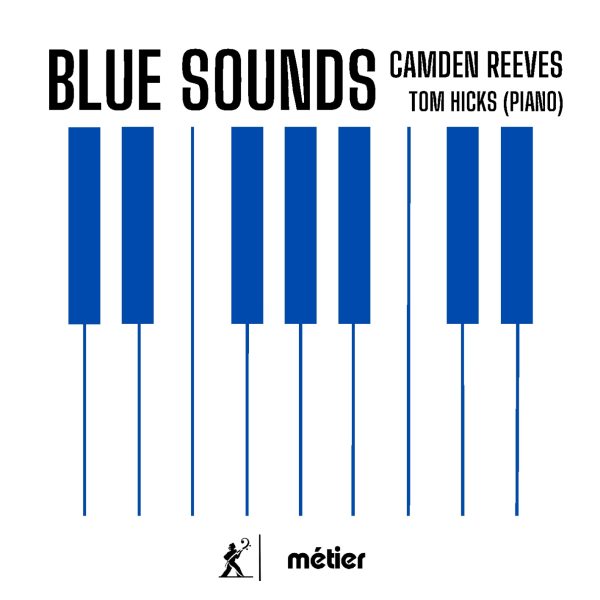The Wire
There’s a strong concept behind Blue Sounds – a set of meditations on a colour, composer Camden Reeves explains, of which the blues as traditionally understood is only one aspect.
The blue in question includes ultramarine ground from lapis lazuli, the most prestigious and expensive pigment in medieval and Renaissance art. Other references include the shade of ultramarine that Yves Klein trademarked for his monochrome abstracts; Derek Jarman’s film Blue, a meditation on life and death,; and Miles Davis’s groundbreaking Kind of Blue which initiated modal jazz.
British composer Camden Reeves, born in 1974, has always been a committed modernist, he says, adding “but moving forwards does not always mean moving forwards in the same direction”. All three works on the album were written for pianist Tom Hicks. Tangle-Beat Blues (2013) and Blue Sounds for Piano (2019) are improvisational-sounding fantasies. The former is just what the title implies, the composer comments – “Various blues-related materials, each in a different but related pulse, are mangled and tangled together”. Avoiding the saturated chromaticism favoured by modernism, it offers lean melodic lines.
The meditative Blue Sounds for Piano is broken up by both pauses for reflection, and energetic, sometimes explosive interventions. The nine Preludes (2015-16) – the longest being four and a half minutes, the others under two – are brief but full of character. Each displays a particular mood or technique. The fiery first is followed by the funereal and lugubrious second. The fourth is quicksilver, tuning reflective; the fifth is bluesy. Then there’s the scurrying perpetual motion of the sixth and the melancholic tolling bells of the seventh.
I’m reminded at times of the jazz influenced piano compositions of Aaron Copland and Elliot Carter, along with contemporary works by Australian composer Carl Vine. But to regard Reeve’s idiom as conservative is to assume the linear modernism that he rejects. There’s a spiky individuality to these pieces, while the resonance of the keyboard brings spectral theory to the fore. This is music both to ponder and enjoy.
@divineartrecordingsgroup
A First Inversion Company
Registered Office:
176-178 Pontefract Road, Cudworth, Barnsley S72 8BE
+44 1226 596703
Fort Worth, TX 76110
+1.682.233.4978












